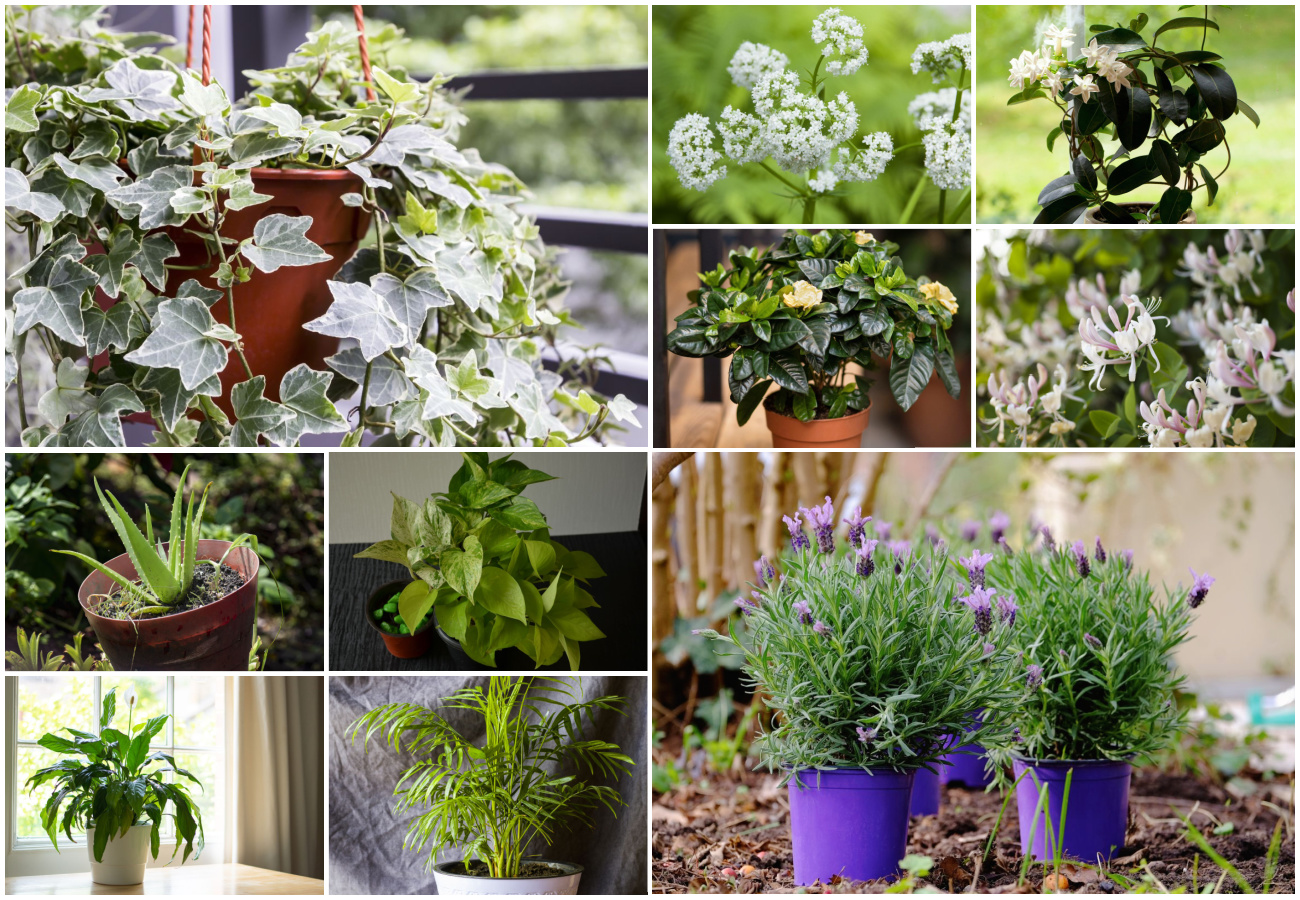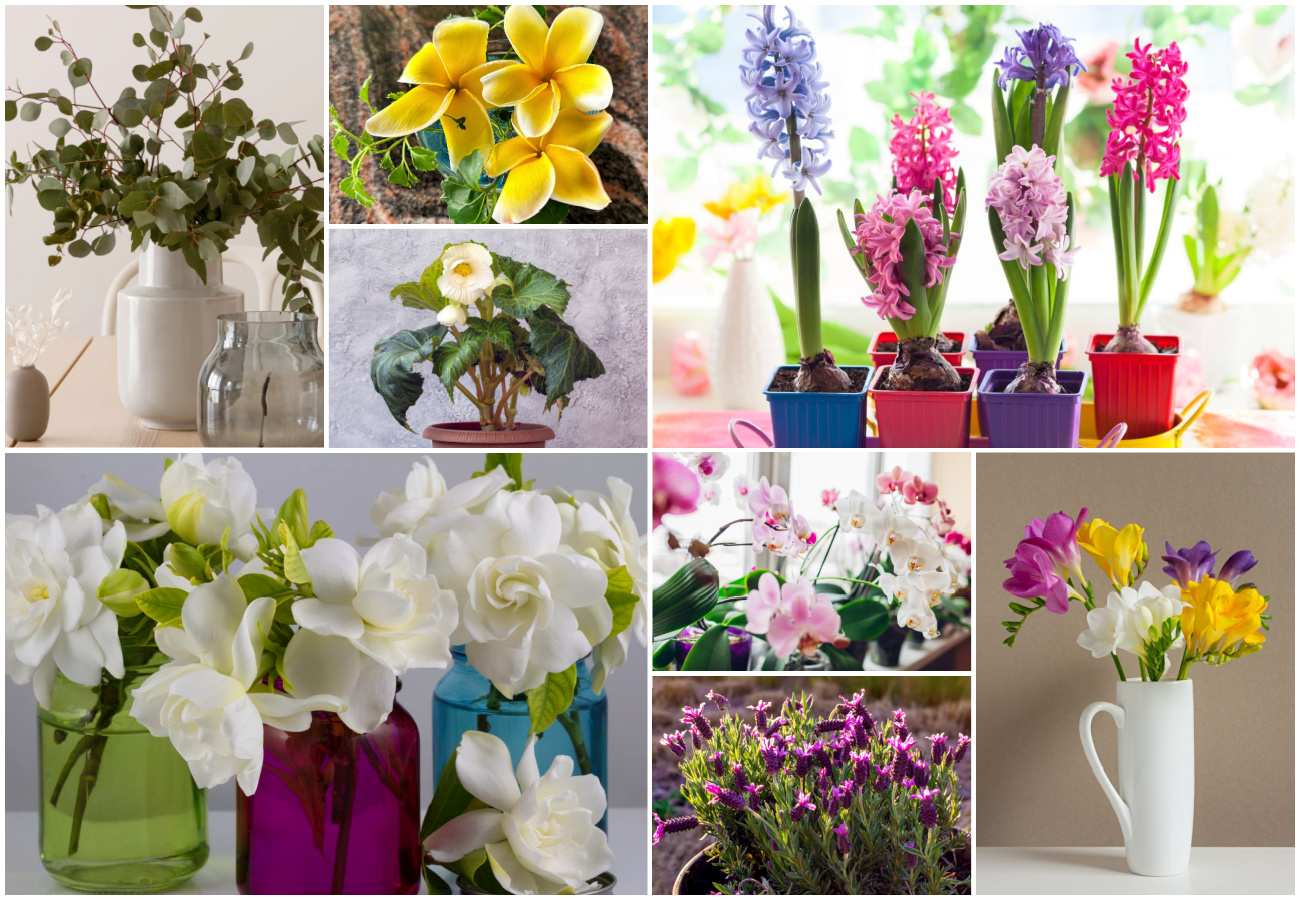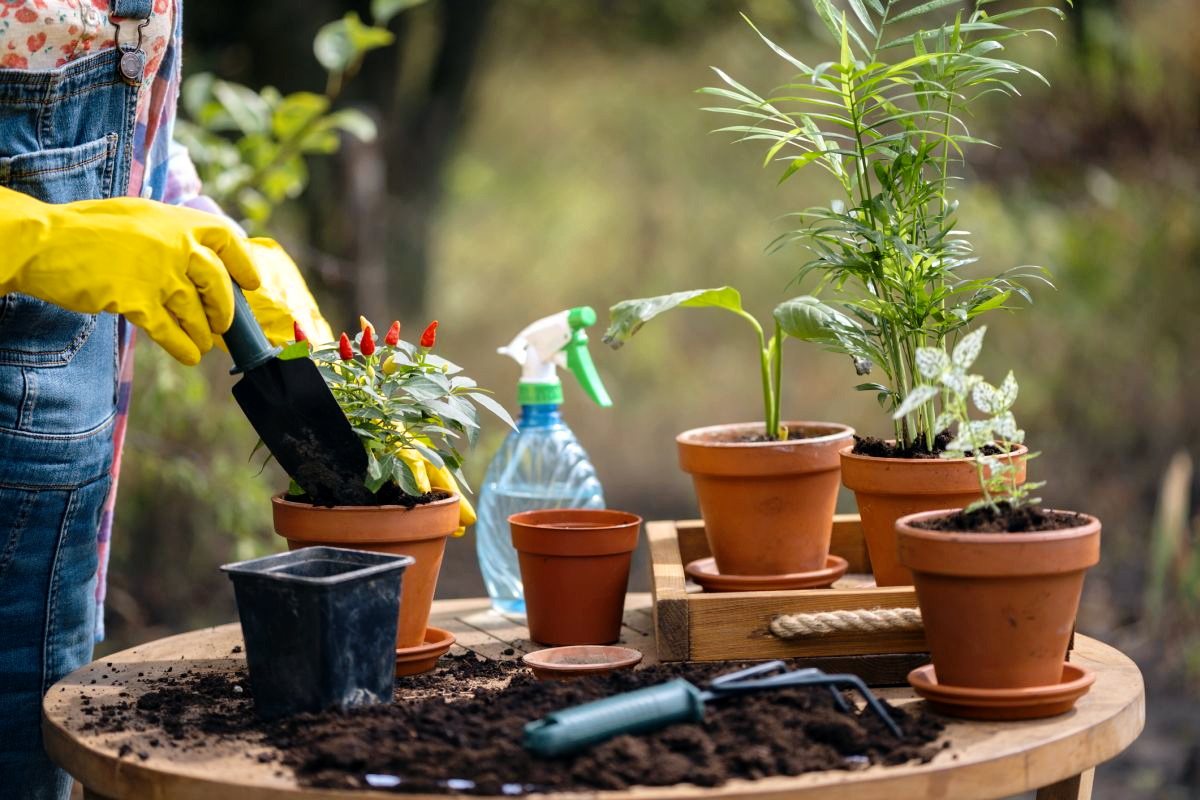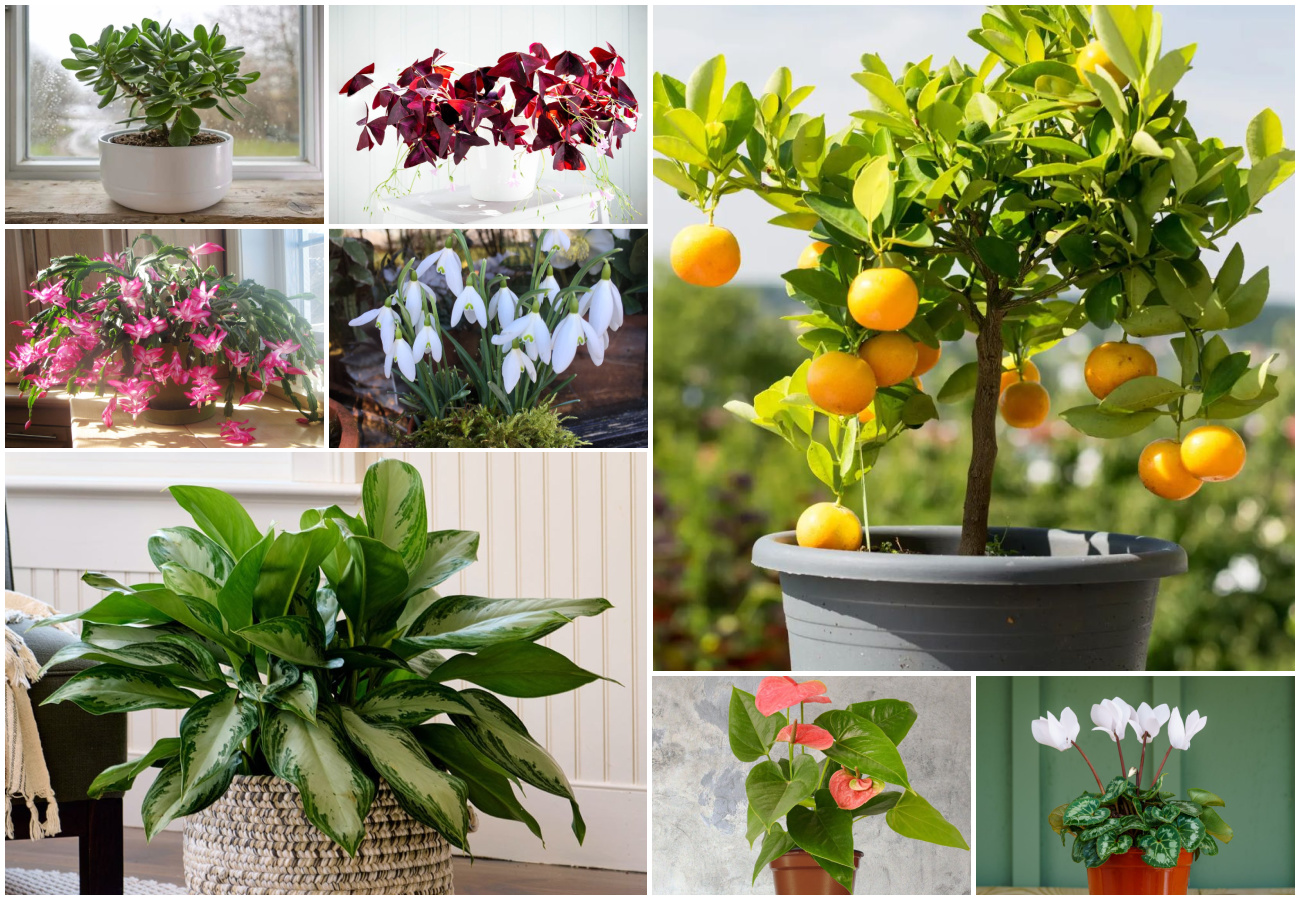Calathea vittata is considered one of the rarer types of Calathea plants. Native to South America Brazil, it thrives in lush rainforests under the tree canopy. For best results when growing these houseplants, try and mimic their natural environment.
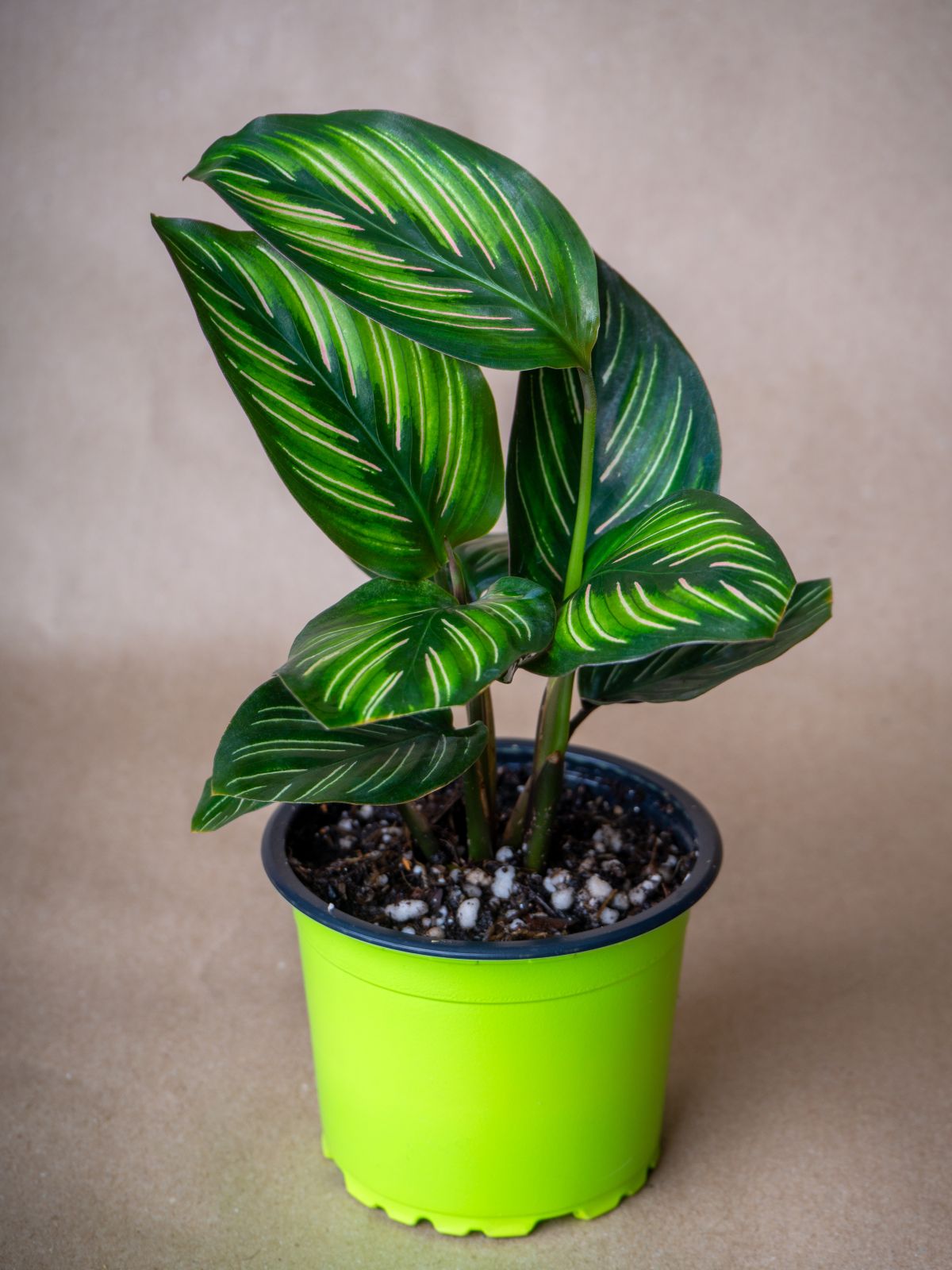
Calathea Vittata Appearance
Calathea vittata grows 2 feet (60 cm) tall with dark-green leaves decorated with white stripes. The underside of the foliage is burgundy. Leaves grow to a width of 8 to 12 inches (20 to 25 cm). Light-cream colored blooms appear in the spring but rarely will the plant flower indoors.
Calathea Sunlight Requirements
Calathea vittata prefers a place with medium, indirect light. Avoid direct sunlight from South or West-facing windows as leaves will scorch and their color will fade. Filtered light through sheer drapes is acceptable or placing the plant several feet away from a sunny window. Do not place vittata calathea in low lighting as this encourages fungus growth and root rot.
Watering Needs
Water Calathea vittata when the top 1 inch of soil feels dry when you insert a finger into the pot. Frequent watering, just enough to moisten the soil to the bottom, is recommended. Use rainwater or filtered water as minerals and chemicals in tap water cause leaf spots or burning. If the plant’s leaves turn yellow it’s a sign of over watering. Curling leaves is a sign of too little moisture and the watering schedule must be increased.
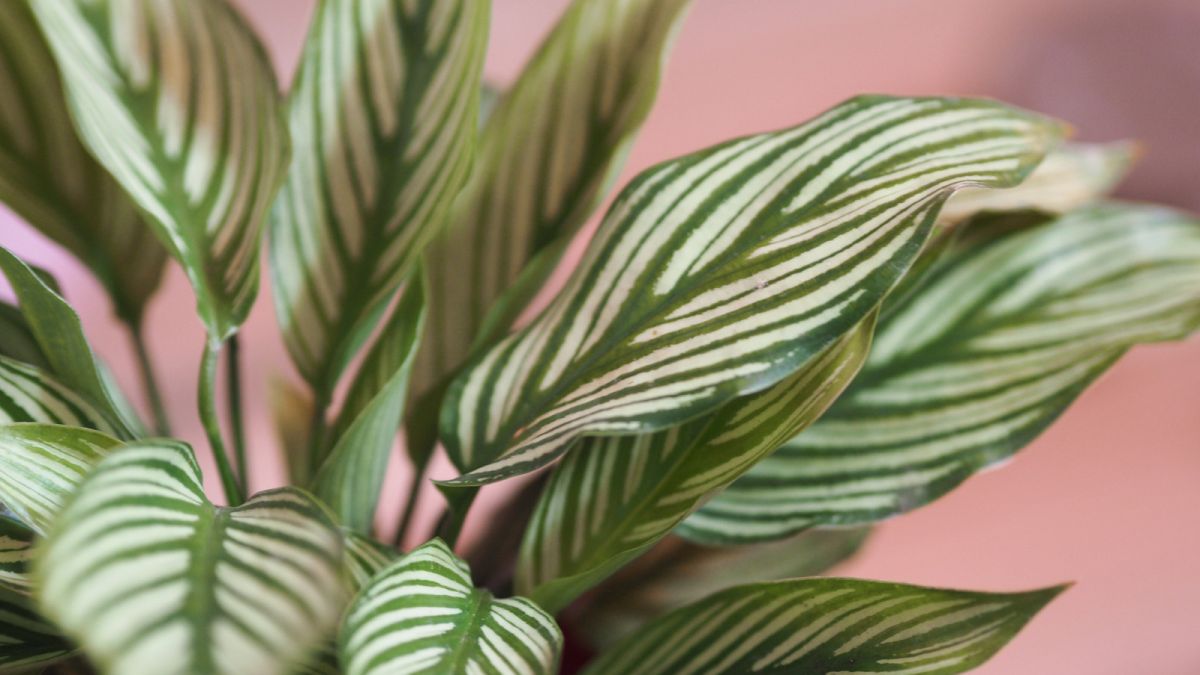
Temperature and Humidity Requirements
Keep Calathea vittata’s temperatures between 59 and 86 degrees Fahrenheit (15 to 30 degrees Celsius). Foliage is damaged if it comes in contact with constant hot or cold drafts. Proper Calathea vittata care requires humidity levels above 60 percent. Increase the humidity in dry climates by filling a tray with pebbles and water and placing it under the plant’s pot.
Calathea Vittata Soil and Fertilizer
Calathea vittata requires a well-draining soil to avoid root rot. Create a light soil by mixing two parts peat, one part perlite, and orchid bark for improved drainage. The plant’s pot needs drainage holes to allow excess water to escape. Feed vittata calathea in spring and summer with a liquid houseplant fertilizer diluted to ½ strength.
Calathea Vittata Propagation
Propagation of Calathea vittata is done through root division instead of cuttings. New growth will emerge from the soil beside the mother plant. When the new growth of the vittata calathea experiences substantial growth it is ready to divide. Gently remove the plant from its pot and divide the plant where the natural separation between the mother plant and new growth exists. Repot both plants into a peat-based soil mixture.
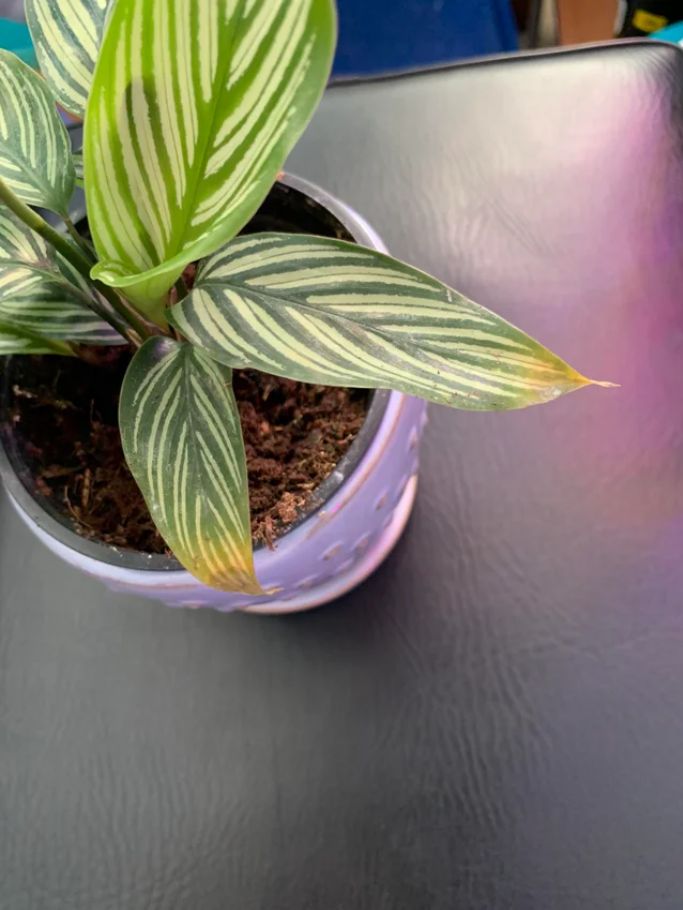
Calathea Vittata Pests and Disease
Root rot is a common disease amongst Calathea vittata and is caused by overwatering or allowing roots to sit in water. If caught early, trim back mushy roots and repot the plant in fresh soil. Clean out the inside of the pot if you’re reusing the same one to kill any remaining bacteria. Extensive root rot often can not be reversed and the plant will die.
Common pests include fungus gnats, mealybugs, spider mites, and scale. Remove adult pests by wiping the infested leaves with a cotton swab dipped in alcohol.
Apply neem oil, as directed, as preventative Calathea vittata care or to rid the plant of any immature pests.
More than one application is often needed. For fungus gnats, a solution of one part 3 percent hydrogen peroxide and four parts water sprayed on the plant helps control the infestation.
Calathea vittata is a challenging houseplant but its rare beauty makes it worth the effort.
It does not tolerate neglect, but if you are a conscientious caretaker this plant will thrive in the right conditions.
Frequent watering, correct lighting, and high humidity are the keys to keeping this stunning plant healthy.
Calathea Vittata FAQ
Yes, prune yellow and brown leaves to encourage the plant to send energy to healthy foliage. Pruning will cause the plant to fill out and encourage new growth. Always use sterilized shears to avoid infecting trimmed leaves and stems.
Low humidity is a common cause of brown leaf tips. Increase the humidity around your plant by placing a humidifier in the room or using a pebble tray filled with water under the plant’s pot. An excess of salt build-up in the soil also contributes to brown tips. Repot the plant in fresh soil to correct the problem.
No, all types of Calathea are considered safe for pets.
Yes, mist your plant’s leaves three to four times per week to keep them clean and increase the humidity level around the plant.
Yes, Calathea Vittata is known for its air purifying qualities when present in your home.

